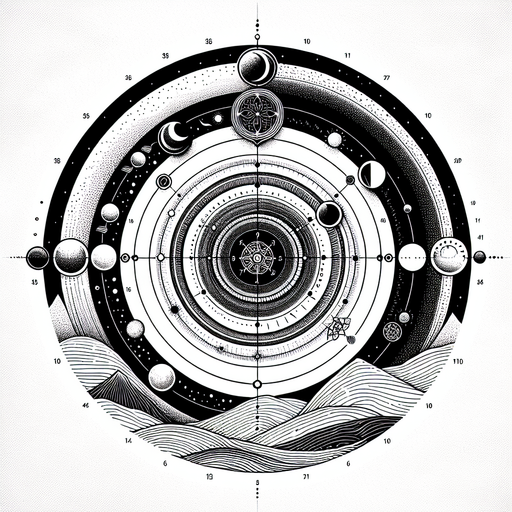Sixty Seconds
Why a Minute Has 60 Seconds
We've always taken it for granted that an hour consists of 60 minutes, and a minute comprises 60 seconds. But have you ever wondered why this is so? In most measurements, we use the base 10 system, where, for instance, 1 kilometer is equal to 1000 meters. So why is time measured differently? The answer lies in the first counting system invented by the Sumerians during the third millennium BC.
The Sumerians chose the base-60 system initially because it was highly divisible, making it versatile for calculations and fractions. Sixty is a highly composite number with more divisors than any smaller number, divisible by 1, 2, 3, 4, 5, 6, 10, 12, 15, 20, 30, and 60. This feature was particularly beneficial in commerce and astronomy, where the Sumerians and their successors, the Babylonians, excelled.
Regarding timekeeping, it was natural to divide the day into smaller units using the sexagesimal format. Initially, the Babylonians used their advanced knowledge of mathematics to divide the day into 24 hours, which were further divided into minutes and seconds. The Hellenistic world accelerated the spread of this timekeeping system after Alexander the Great's conquests, which combined Greek and Babylonian scientific knowledge.
It is interesting that although it is because of the Sumerians that a minute has 60 seconds, they never had a practical use for it as they didn’t have the technology to measure seconds properly. Over time, we became better at measuring time, and a second is now precisely measured at 9,192,631,770 energy transitions of the cesium atom. But this story is an example of how our knowledge is built over time with the input of multiple different cultures.
Craving more? Check out the source behind this Brain Snack!


